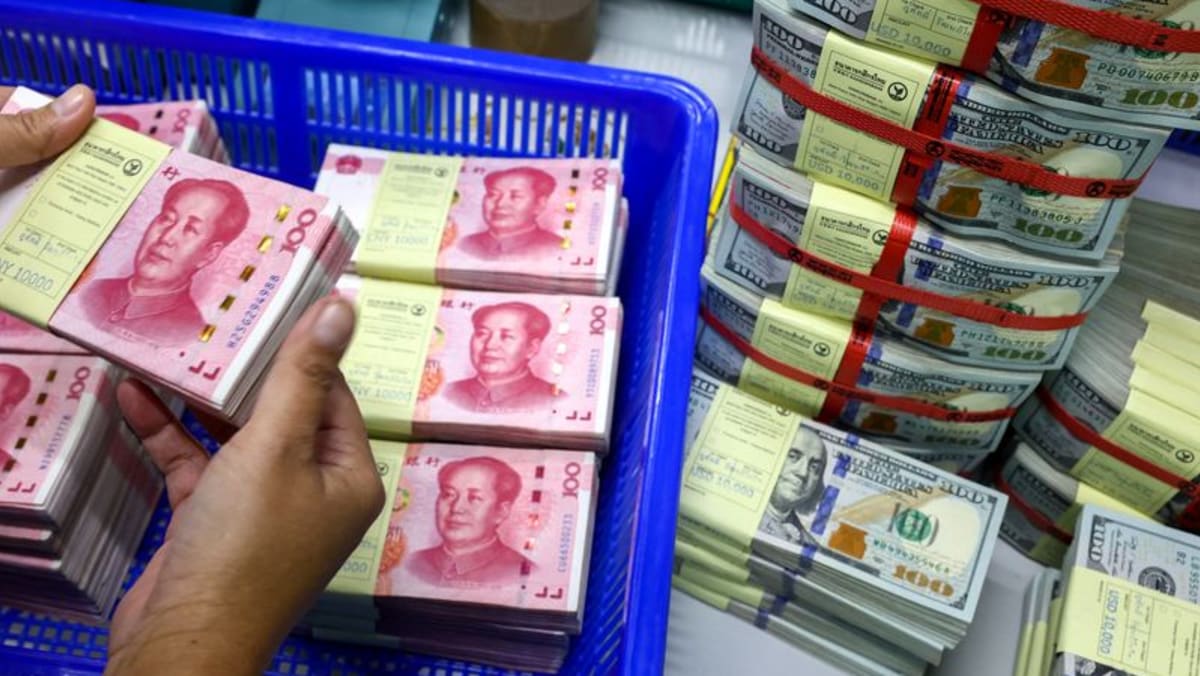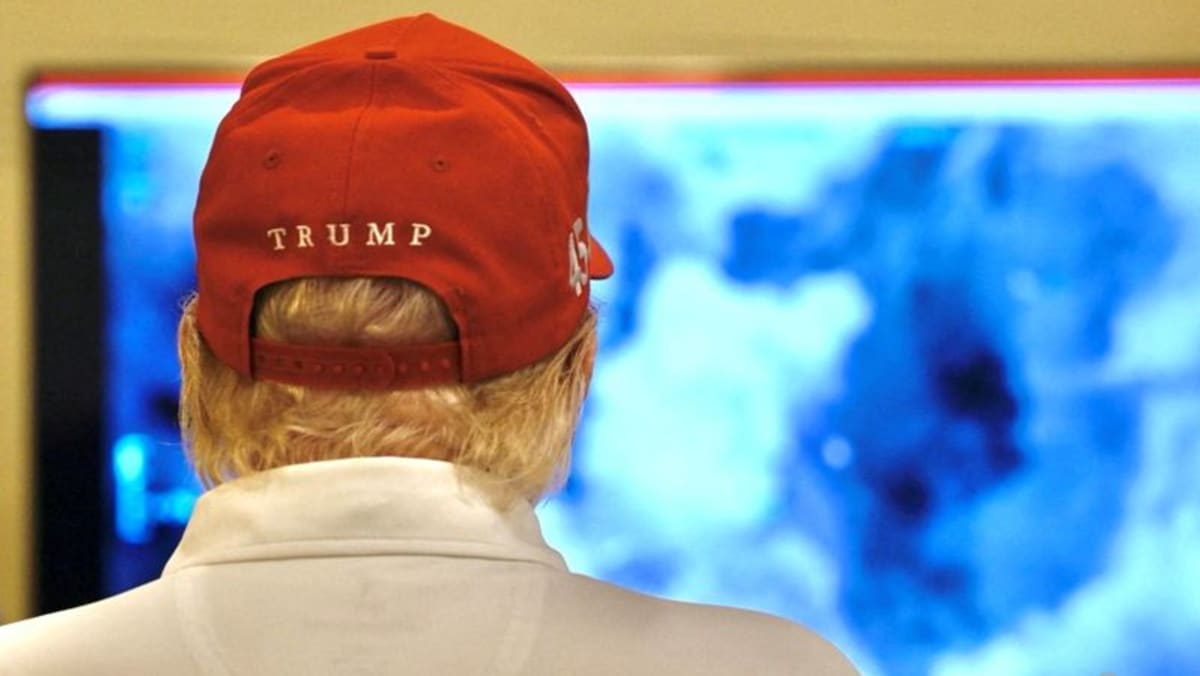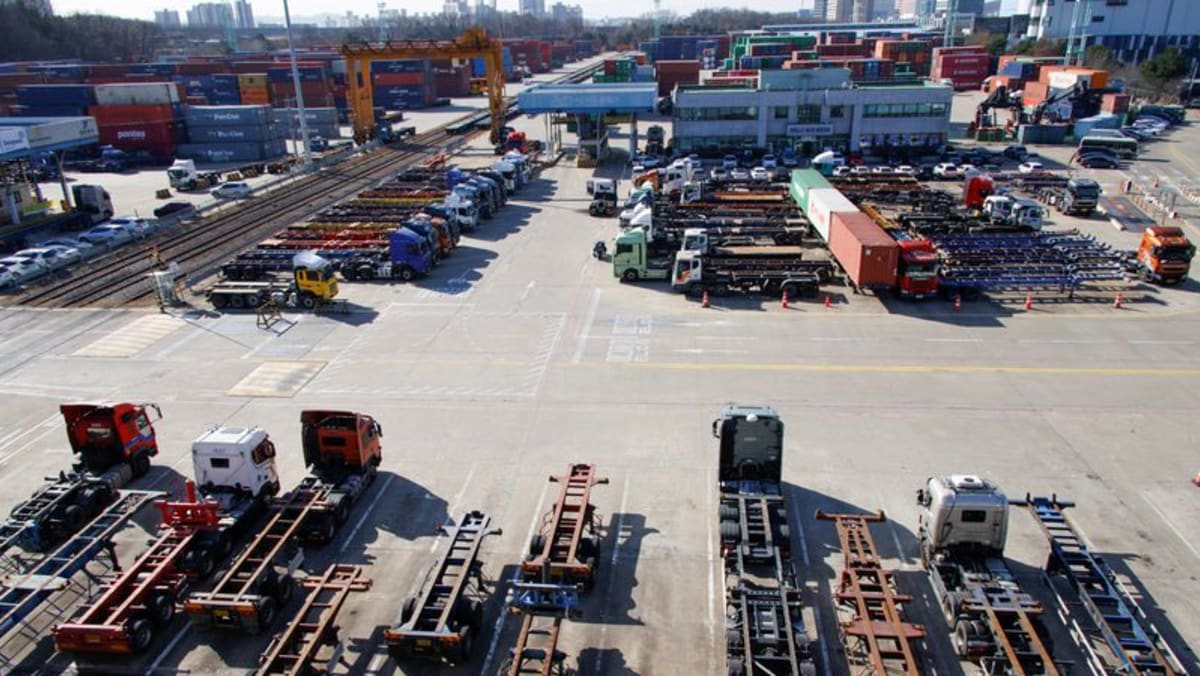Commentary: China seeks to lessen developing countries’ reliance on the US dollar

CHINA LOOKS TO INCREASE THE POWER OF ITS CURRENCY
Measured against the vast tide of foreign currency transactions undertaken each day, Argentina’s yuan-for-pesos swap in August was a drop in the bucket. However, it should be seen as just the latest of numerous similar deals that Beijing is doing around the world that are designed to increase the power of its currency, known as the RMB in the markets.
The People’s Bank of China has been busily working similar swap arrangements, most notably with Russia in a deliberate strategy to help evade sanctions that have blocked it from tapping its own international reserves held in other entities.
The arrangement with Russia is almost certainly China’s biggest swap line – and it’s growing. Following the withdrawal of Visa and Mastercard, Russian banks currently issue credit and debit cards linked to China’s Union Pay system.
At last count China had signed these deals – more formally known as bilateral currency swap lines (BSLs) – with no less than 41 countries for a total notional value of US$554 billion.
There is nothing anything inherently sinister in a BSL – the Reserve Bank of Australia, for example, signed one with China years ago. The underlying principle behind a BSL is to avoid the kind of liquidity crunches that happened during the COVID-19 pandemic, but also to smooth out trade payments.
Until recently BSLs had no, or little, political motivation. They were purely mutually beneficial, technical arrangements. But that is changing as Beijing aims to erode the hegemony of the dollar in world markets, by default the anchor currency in a turbulent sea. As a well-researched 2022 paper by the Atlantic Council, an American think tank, points out:
“While these BSLs can be used to meet RMB (or other local currency) liquidity needs, the motivation behind these [Chinese] agreements has been to settle bilateral trade and investment transactions in RMB (or other local currencies) in order to gradually reduce the reliance on the US dollar in bilateral transactions both for political reasons and to avoid the volatility of the dollar value of local currencies due to changes in US Fed monetary policy.”
In pursuit of this long-term plan, in quick succession China has created a network of BSLs in the region it intends to dominate. Between South Korea, Singapore, Indonesia, Malaysia and Thailand, China has built up swaps to the tune of US$92 billion that will help spread the yuan throughout the fastest-developing nations in the world.
“The motivation here is to foster local currency settlement arrangements of the bilateral trade of each of these countries with China,” explains the Atlantic Council.
This can be a mutually convenient arrangement, but there is a more subtle purpose and that is to lessen reliance on the greenback by, as with Argentina, providing an alternative settlement currency. That’s why currency traders sometimes refer to the yuan as the “redback”.
Source: CNA















